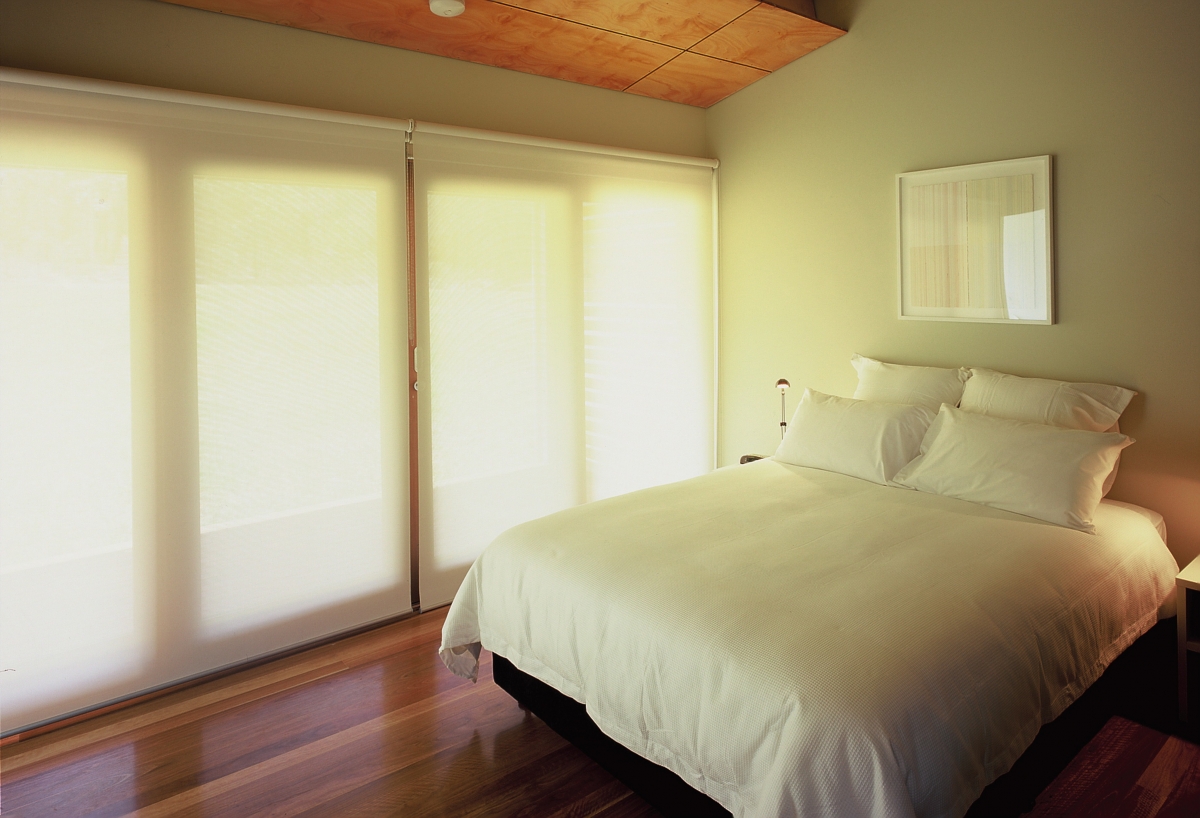My introduction to katagami or Ise-katagami was provided by a gentleman who had discovered the Japanese craft of making finely cut paper stencils during a visit to the city Suzuka in Mie Prefecture in the 1960’s.
First introduced to the West in the 1860s Katagami are paper stencils used in traditional Japanese resist dyeing. Katagami originate in the Nara Period (710-794) and were first used for applying pattern to Samurai armour and later used for dyeing textiles like Kimono in the 19th and 20th century. Originally a tool to create patterns on textiles, Katagami are now collected for their own merit as works of art and are a permanent record of Japanese textile design.
Using handmade mulberry paper, highly skilled craftsmen use knifes and punches to carve delicate patterns and intricate images rich in symbolism and meaning, featuring concepts of luck, prosperity, happiness and wealth. Katagami have captivated artists, collectors and designers for over 150 years, and are a permanent record of Japanese pattern. Few textiles featuring these patterns have survived, the longevity and preservation of these stencils long after their useful life as a tool pays testament to their beauty.

Ise-katagami
Katagami (finely cut paper stencils) are used in the dyeing of textiles, typically long bolts of cotton, silk, or other cloth used for kimono and other Japanese garments. Ise katagami stencils are made from layers of handmade Japanese traditional paper bonded together with persimmon tannin and carved with openwork designs. Katagami stencils have long been used in, for example, Edo komon (usually silk or ramie textiles dyed with minute, repeating patterns), cotton textiles for yukata (summer kimonos), and yūzen dyed silks. Various patterns are expressed on katagami stencils, and they show the richness and interest of Japanese design, as well as the remarkable prowess of Japanese fine-cutting techniques. It is designated one of the Important Intangible Cultural Properties of Japan.
Areas where Ise katagami are produced
The Shiroko, Jike and Ejima districts of the city of Suzuka, Mie prefecture, are known as the largest site of katagami production, and the stencils produced in this area are called “Ise katagami,” named after the ancient name for the region. The pigments used with the stencils were largely developed in the Edo period (1615–1868). They were not only used for the kamishimo (vests with stiffly extended shoulders and matching hakama trousers, worn over kimono) uniforms of the samurai but also the garments of the commoners, and their use spread.
In 1955, six katagami artisans (five men and one woman, specializing in stencil cutting or and thread insertion) were designated as Living National Treasures (officially called Holders of Important Intangible Cultural Properties). In addition, the Association for Preservation of Ise Katagami Techniques (Ise Katagami Gijutsu Hozonkai), an organization dedicated to preservation of the art of Ise katagami stencil-making, was approved in 1993, and has been continuing efforts to pass on and develop relevant techniques.
THE VINTRY
The Vintry is a stunning architecturally designed Country House, luxuriously appointed with the quality furnishings and fittings but with the feel of a traditional bush retreat. A contemporary property with 4 spacious bedrooms includes 1 king size bedroom with hydrotherapy spa bath and 3 queen size bedrooms each with its own ensuite bathroom and private deck for those times when you would like some personal time to relax.
Best Deluxe Accommodation
Hunter & Central Coast Tourism Awards Gold 2009, 2010. Silver 2007, 2008, 2011, 2012.
NSW Tourism Awards Gold 2009. Silver 2012. Finalist 2007, 2010, 2011, 2013.
Qantas Australian Tourism Awards Finalist Best Deluxe Accommodation 2009.








